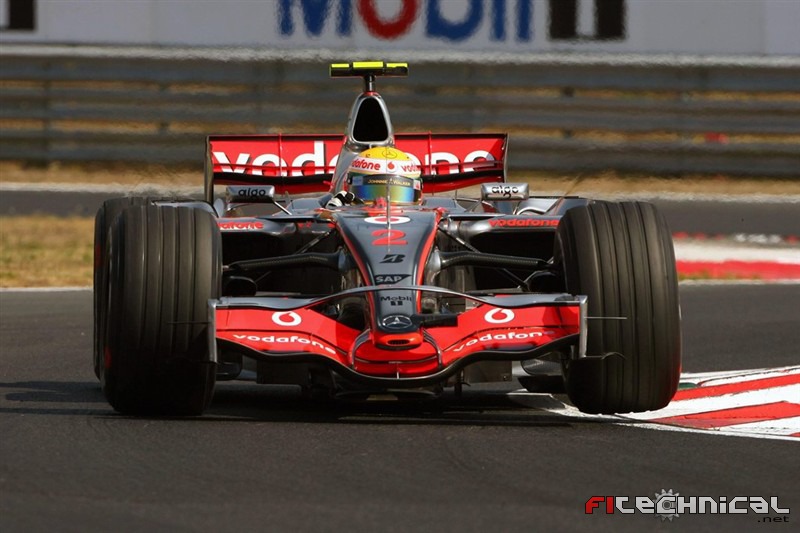kilcoo316 wrote:Scotracer wrote:I wonder what the stall velocity is for that wing.
Errr.... what?
Unless by velocity you mean angle of incidence?
Kilcoo316, Scotracer's question wasn't as "silly" as you seem to suggest...I think what he means is "At what speed does this wing (at this specific angle of incidence) stall?" And that's a perfectly valid question (which none of us can really answer...unless somebody has a CAD drawing of the wing that we could either CFD test or manufacture and stick in a windtunnel, which I assume is not the case LOL!).
While the angle of incidence is the primary variable for stalling, airspeed does have an influence as higher speed flow is more likely to remain laminar.
This is exactly why slots in a wing work. They allow higher velocity flow to energise the flow across the upper (lifting) surface of the wing (or the lower negative lifting surface of a wing when applied to F1) thus delaying flow separation.
I recently performed some windtunnel tests on an aerofoil (NACA 23012) at university as part of a much larger investigation for a final year project.
When running the windtunnel at 8m/s the stalling angle of the aerofoil was 11degrees.
When running the same aerfoil at 28m/s the stalling angle was almost 16 degrees.
Hence, if testing the wing at a constant angle of incidence, say 11 degrees, at varying airspeeds I could quite rightly ask "At what speed does this wing stall?" To which the answer would be 8m/s.
Scotracer, I'm afraid the best answer
I can give you to your question is this:
Its highly unlikely that Force India are running that wing at an angle of incidence high enough to allow flow separation at ANY speed. They simply cannot afford to suddenly loose downforce when the car slows to speeds below, say 50MPH*, the car would behave erratically both under braking, turning, and possibly accelerating out of particularly slow corners such as the Loews Hairpin.
* = 50MPH is a totally random number picked out of the sky, there is no mathematical nor scientific reason for the selection of that number except it worked nicely with the Loews Hairpin analogy lol!
Silence is golden when you don't know a good answer.

